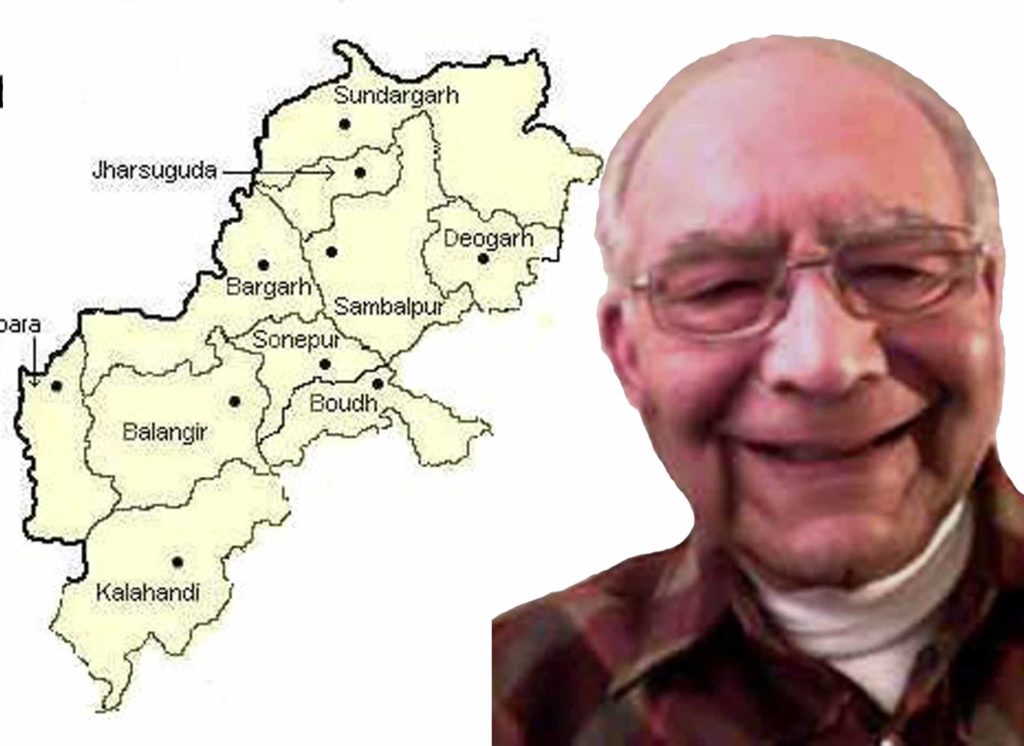While going through The Treasury of Knowledge by Jamgon Kongtrul Lodro Taye, I cam across numerous references to Sakyamitra and his his renowned text KoshalAlankAra-tattwasangraha-tikA. Kongtrul (1813-1899), the author of this encyclopedic work, is described as an outstanding teacher. He has written many other major works on Vajrayana, this one being one of his most outstanding one. It gives a panoramic view of all the major Vajrayanic traditions and practices mainly based upon Tibetan literature, much of which are translations of Sanskrit works of Indian monks, most of which are lost because of destruction of Nalanda by Muslim invasion. Since my discovery of Sakyamitra in The treasury of Knowledge, I am across his name in many other works. More recently I found extensive coverage on him in Indian Esoteric Buddhism by Ronald M. Davidson who has kindly sent me Tattwasangraha (Tibetan), KoshalAnkAra (Tibetan) and Panchakrama (Sanskrit). In this essay, I will try to summarise all that I could find on Sakyamitra , and hopefully will give a bare outline of this monk.
Who is Sakyamitra ? He certainly was a Vajrayani Buddhist monk. Most likely his original name was different, but he must have been given this name after his ordination. Sakya is a very popular name among Buddhists because Buddha was from Sakya tribe. As he was from Koshala he named his commentary on Tattwasangraha as KoshalAlankara (Ornament of Koshala) according to Dr.Donaldson as well as Eva Eva Dargyay, the well known author of the classic, The Rise of Esoteric Buddhism in Tibet. Tattwasangraha (Summation of Essential Principles) had three commentators, Anandagarbha, Buddhaguhya and Sakyamitra, all of them recognised as great masters of Anuttara Yoga. From what I gather though there is great deal of similarities among the three commentaries, there are some basic differences. So it seems Sakyamitra called his as KoshalAlankAra, either to emphasise the distinctiveness or to identify it as a manual to be used in Koshala. Unlike Vairochanavajra, the twelfth century Koshali buddhist monk who clearly states of his origin to be Sonepur, we do not know the location of his birthplace in Koshala. His root guru was Acharya Sakyaprabha, though he had many more gurus under whom he learnt the various subtleties of yoga and he lived during the period of king Devapala (810-850 AD). It seems he was contemporary of great names of Vajrayana such as Indrabhuti and Sthiramati. Padmasambhaba, who is considered as the great Guru of Tibetans was studying with him under the same Guru, Sakyaprabha. Incidentally, Tibetans call him Sakya-bses-gnyen. His main disciple was Dharmarakshita, who was one of the three people who translated this text into Tibetan. There seems to be no record of Sakyamitra’s travel to Tibet. According to Eva Dargyay, the tradition of Anuyoga ended in india with Dharmarakshita, but flourished in Tibet. Thus Sakyamitra was a revered figure in Tibet through his work.
What else do we know about him? In his KoshalAlankAra, he gives vivid description. Since I have no knowledge in Tibetan, I am giving below Dr. Davidson’s translation of the relevant passage given in his book.
“At the good city(? Bhadranagara), with great faith I first pleased the highest Guru,Buddhasena,who has obtained great fame. I received his permission (to practice) and obtained the rituals and vows. From him, I learned much and reflected on many teachings.
At Konkana, DramiNa, iswarasrisamaja, I happily served Dharmasena, and DharmAkara.
At Sahya (Western Ghats), I prayed to mavajra, of most excellent name, and gave much service to Usnisavajra.
I then went to the source of qualities, Odiyana in the north. There I served king Indrabhuti, holder of the reality of tantras’ meaning.
At Tagkye City(?) I happily relied on the KoshalachAra “SthiramatibuddhAkara-silajna. But a fraction of a method of the scripture that I realised directly from the teacher’s own mouth, I have contemplated so that the gradual worldly ritual of yoga, in accordance with the teacher’s (instruction) will remain for a long time”.
Please note the name great yoga master Sthiramati who is extensively quoted by my friend Herbert Guenther, the author of Philosophy and Psychology of Abhidharma, and he is a KoshalAcharya ! Evidently he also comes from Koshala. Someday, when I come across his biography, I will write about it. It seems the cocroach theory is correct: if you see one, be sure there are others. By eighth century , Koshal has emerged as a major Buddhist center of Vajrayana. Huen Tsang in his travelogue (629 AD) gives extensive coverage of Vajrayanist Nagarjuna (dead by that time) in Parimalagiri, modern Gandhamardana Hills in Paikmal. It is obvious that the then social and religious ambiance of Koshala as well as royal patronage was conducive to rise of Vajrayana in the region.
The other interesting bit in the above quotation refers to location of Odiyana, the birth place of Vajrayana. It is in the north, consistent with claims of Tibetan sources. This is supported by writing of pilgrimage of another Vajrayanist monk BuddhajnAnapada, a contemporary of Sakyamitra. He writes,”The place Gunodaya is 230 yojanas (920 miles) north of Magadha. It is called the Source of Qualities (Gunodaya) because the Dakini’s blessing arises out of it. The name is applied to Odiyana………………..”. Unfortunately this is not consistent with identification of Odiyana with Odisha.
This is getting too long. Someday, I will write a brief introduction to Tattwasangraha from the scraps of information I have collected.

